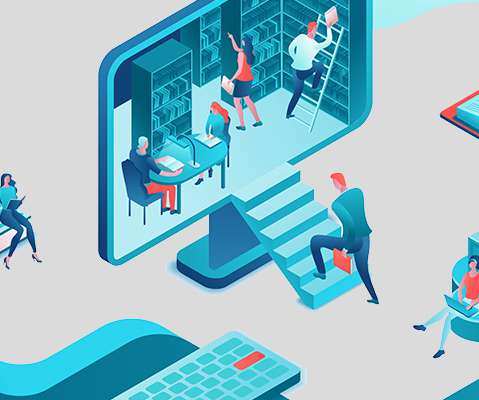Emerging Asynchronous Conversation Models
Tony Karrer
JUNE 22, 2011
I had an interesting conversation with Patrick Randolph from TalkWheel about different kinds of asynchronous conversation models that are emerging and how they might fit into broader eLearning Initiatives. We also see it in twitter (see Twitter for Learning ). There are some new tools emerging that have a different take.






















Let's personalize your content